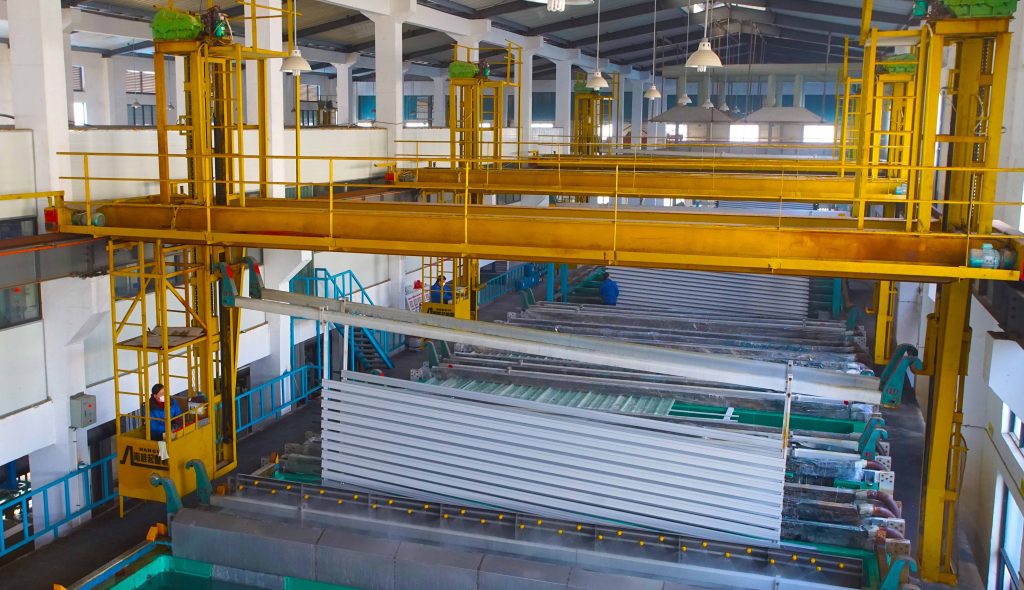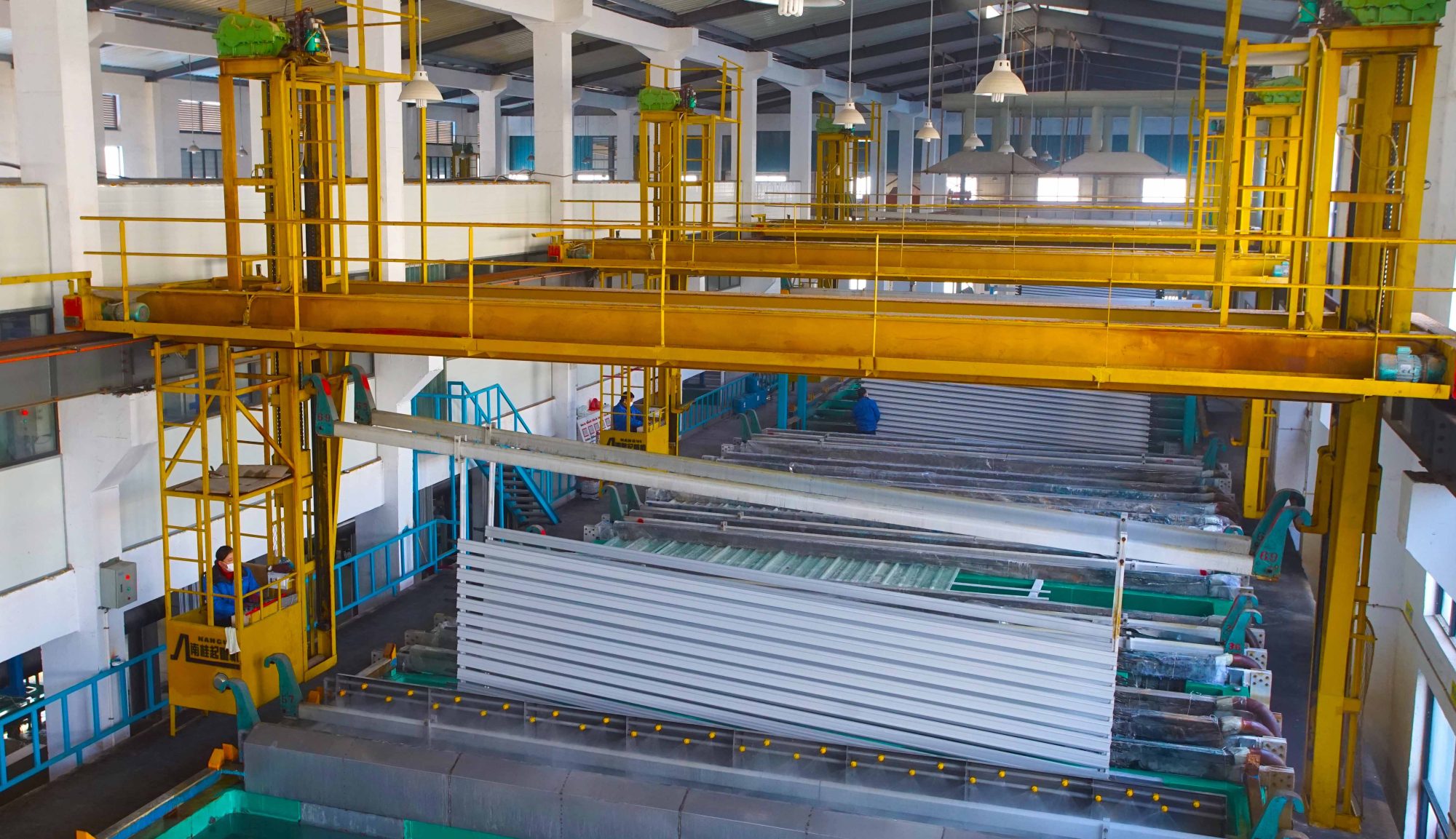Aluminum profiles play a pivotal role in a wide range of applications, from construction to transportation. Ensuring their quality during the manufacturing process is crucial, particularly during the stretching phase. Stretching aluminum profiles properly is vital to achieving the desired mechanical properties and dimensions. Here, we delve into the essential precautions that must be taken to ensure high-quality results.
Cooling Before Stretching
One of the most critical steps in the stretching process is cooling the aluminum profiles to below 50 degrees Celsius. Stretching at higher temperatures can be hazardous, posing risks of burns and damaging the wool strips used in the process. More importantly, high-temperature stretching fails to eliminate internal stress effectively, leading to issues such as bending, twisting, and other defects that can render the profiles unusable.
Controlled Stretching Amount
Maintaining the correct stretching amount is another key factor. The ideal stretching amount is around 1%. Stretching too much can cause dimensional errors at various points of the profile, create surface defects like fish scales, and result in reduced elongation and increased brittleness. On the other hand, insufficient stretching can lead to low compressive strength and hardness, with profiles prone to arc bending, commonly referred to as broadsword bending.
Use of Appropriate Clamps and Methods
To control deformation and ensure consistent dimensional accuracy, using specialized clamps and methods is essential. Different profile shapes, such as open, arc, cantilever, and curved profiles, require specific types of clamps. Properly using these clamps helps manage the stretching deformation effectively, preventing unwanted distortions.
Managing Stress Conditions
Attention must be given to profiles with high width-to-thickness ratios, complex shapes, and significant wall thickness variations. These profiles are more susceptible to partial or point-shaped deformations. Implementing strategies to distribute stress evenly can help avoid defects such as twisting and spiraling, ensuring the profiles maintain their intended shape and integrity.
Uniform Heat Dissipation
Wool strips play a crucial role in insulating heat during the stretching process. For aluminum profiles with high decorative surface requirements, ensuring uniform heat dissipation is vital. Turning the profiles up and down, back and forth, helps in achieving consistent heat distribution, thereby reducing horizontal bright spot defects caused by uneven cooling and crystallinity.
Handling and Moving Profiles
Proper handling of aluminum profiles during picking, moving, and stretching is essential to prevent damage. Profiles should not rub, pull, stack, crowd, or entangle with each other. Maintaining a certain distance between profiles can prevent physical damage. For easily bendable profiles, timely handling and protective measures are necessary to avoid deformation.
Conclusion
Adhering to these precautions during the stretching process of aluminum profiles is crucial for maintaining high quality and preventing defects. By focusing on controlled stretching amounts, appropriate clamps, stress management, uniform heat dissipation, and careful handling, manufacturers can ensure that their aluminum profiles meet the highest standards. Optimizing the stretching process not only enhances the performance of the profiles but also extends their longevity in various applications.

